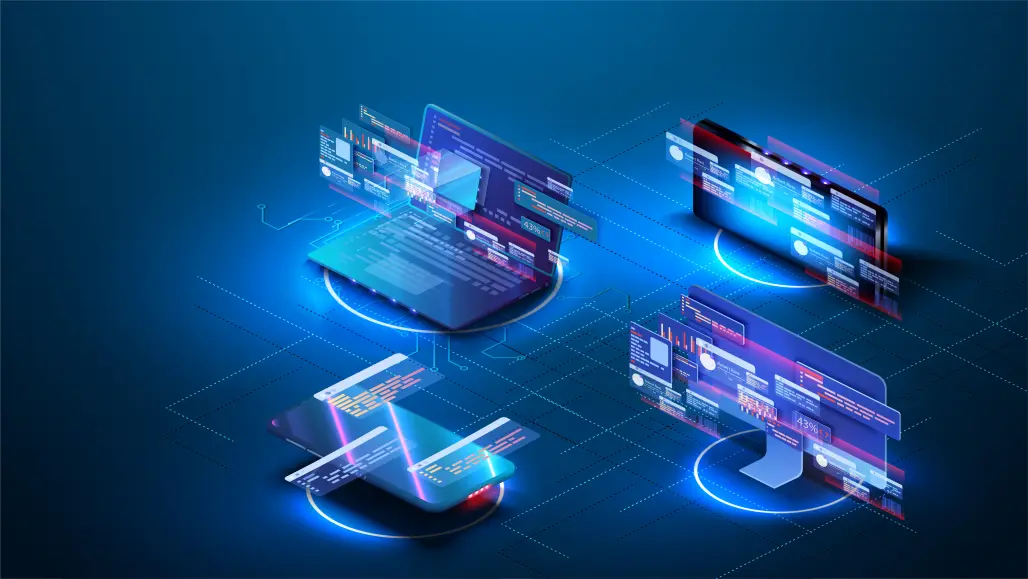How a Composable DXP Improves Customer Experience

Recent research from Ascend2 indicates that 71% of marketers are looking to dedicate more of their total budget to customer experience (CX).
Why is CX so important to marketers?
65% of U.S. consumers said they would be willing to share more information with a company that offered a great experience. This is critical as marketers must rely more on zero- and first-party data versus traditional third-party data due to privacy and regulatory concerns.
And, consumers are willing to pay up to a 16% price premium for excellent customer experiences. So great experiences directly drive revenue gains.
Customers that have positive experiences are less price-sensitive, more loyal, and will share more of their valuable data (which enables further customization and superior experiences) with you.
As a brand, how does technology — like a composable digital experience platform (DXP) — impact your ability to deliver the rich omnichannel experiences that customers have come to expect?
A Composable DXP Platform Raises the Bar on Customer Experience
A traditional monolithic content management system (CMS) restricts marketers from changing or updating content across multiple channels without the help from IT. Traditional CMSs are not built natively for omnichannel distribution. It's a bottleneck that slows content distribution and impacts business growth outcomes.
Decoupled hybrid headless architecture, with its robust content management tools — such as multi-site/multi-language tools, translation tools, workflow tools, and most critically, live preview, drag-and-drop editing — gives marketers the freedom to rapidly create and distribute content across channels without friction or over reliance on IT.
When you fold hybrid headless architecture into a composable DXP platform — which enables seamless integration of third-party technologies into your company's digital ecosystem — it gives brands the flexibility and interoperability to bring engaging digital interactions to customers at scale.
What can a composable CMS do for your brand that a traditional CMS can't? Let's take a look…
Deliver Compelling Omnichannel Content
As new channels like native apps, single-page apps (SPAs), and voice have emerged, marketers are struggling to adapt to the complexity of omnichannel content distribution. This is evident with a monolithic CMS. Prepping existing content for distribution across multiple channels takes too much programming work to be practical. Each new channel requires development time and effort, not to mention the cost of maintenance, support, and upgrades for non-SaaS CMS products.
A composable DXP enables the creation of content that can be distributed widely via APIs, freeing marketers from the restrictions of proprietary, siloed systems. This ability to distribute content widely makes it more cost-effective to invest in high-quality content.
By separating content creation from content distribution, composable solutions make it possible to rapidly reach consumers with content across multiple touchpoints. Also, using new channels allows marketers to try new strategies for customer acquisition and improved loyalty, such as hyper-personalization and real-time interactive experiences.
Cutting-Edge, Interactive Customer Experiences
Brands must create and deliver engaging, interactive content to compete for today's customers. And a composable DXP allows your developers to use industry-leading programming tools and languages (which they often can't access with a monolithic CMS) to bring digital experiences to life for customers.
Using these tools to leverage data on your customers' preferences and requirements, composable DXPs deliver content with personalized, interactive features. This content maximizes impact and helps you grow your brand.
Engaging, visually appealing content is a crucial element of creating an unforgettable customer experience. By enabling your developers to use industry-leading programming tools and languages, you maximize the impact of your content and distribute it to a wide audience.
Targeted Content that Delivers Better CX
Consumers continually say they want content and offers that are relevant to their needs. They expect targeted, customized experiences. But tightly-coupled monolithic CMS frameworks can restrict content targeted to specific groups. On the other hand, composable platforms help marketers accurately target the most receptive audiences, optimizing customer acquisition and retention. How?
Composable DXPs allow for localization efforts such as translation into local languages or the automatic adaptation of content for display in different contexts and delivery channels. So marketers can design marketing campaigns around a highly customized customer experience. You could demonstrate how a product is used, show its benefits in great detail, or provide an engaging video presentation of the product.
Services such as Instagram, TikTok, and YouTube demonstrate the power of video content aimed directly at a particular group or community. And marketers can use an omnichannel approach to deliver compelling customer experiences, regardless of the channel used to deliver the content.
Maximized Content Usage and Value
When your brand's system has data trapped in siloes, it's only valuable to one particular division or vertical. But when you open up distribution to content to all facets of your business, you can take maximum advantage of the hard work you've put into creating the content. Thus, its value increases.
A composable platform uses APIs to widely distribute both legacy and new content — without incurring substantial costs for adapting the content to display on different platforms. This adds value to your long-lasting (evergreen) content, as you can distribute it far into the future when new technologies are developed and new channels are introduced.
Timely and Relevant Content Delivered at the Speed of Business
A composable platform's APIs are also useful for boosting the speed of content distribution. Monolithic systems typically require programming work or other time-consuming adjustments to enable deployment, but a composable solution frees marketers of that requirement.
With the viral nature of modern content, speed of distribution has never been more important. Plus, if you can update your marketing material quickly to reflect new developments in the market or changes at the product level, you can deliver the up-to-date customer experience today's consumers expect.